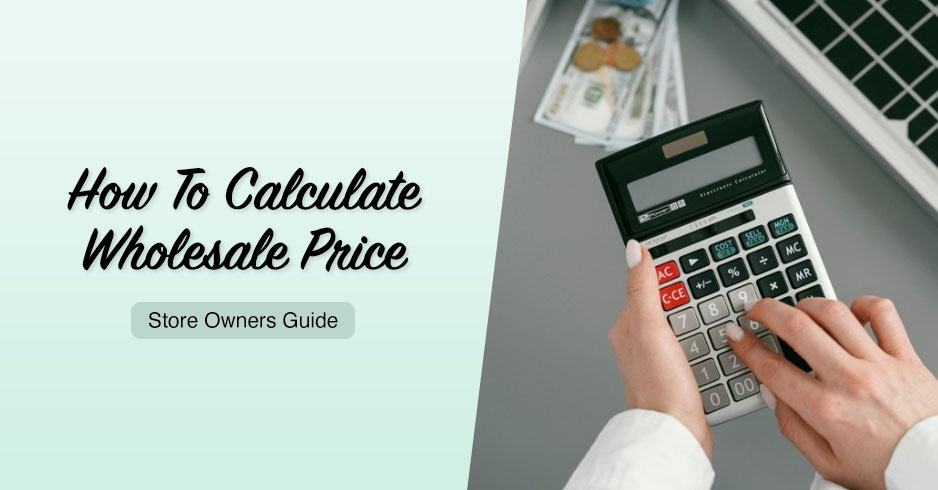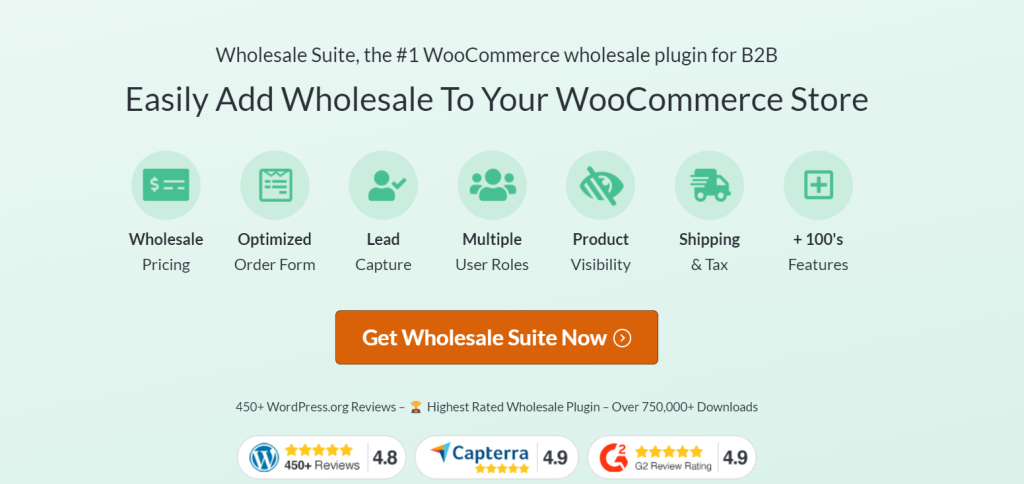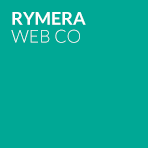
There are different types of merchandising, and each one helps in a unique way. Some focus on how things look, others on how things are grouped, and some on how people shop across different devices or platforms. Knowing these types can help you plan better and sell more. It’s like having a toolbox where you pick the right tool depending on your store’s needs.
In this guide, we will talk about different types of merchandising you can use. We’ll share real examples and tips you can apply, whether you own a physical shop or run an online business.
Ready? Let’s review each type so you can determine what works best for your store!
What Is Merchandising?
Simply put, merchandising means how products are shown and sold to customers. It covers how items are placed, grouped, priced, and even how they look on the shelf or screen. When done right, it helps people notice the products and decide to buy them.
Merchandising includes everything a business does to make its products more attractive to buyers. That can be signs, product placement, displays, or online features. In short, it’s how you help shoppers see what you offer and guide them to choose.
This could mean placing snacks near the checkout in stores to catch your eye, or showing “bestsellers” or “recommended for you” lists online. These are all parts of retail merchandising and ecommerce merchandising. Both aim to make products stand out and help shoppers feel confident in what they choose.
Why Merchandising Matters For Your Store
Helps drive attention to products
If your products are placed in the right spots and look neat, shoppers are likelier to notice them. This is one of the biggest benefits of merchandising. A well-placed item can grab their interest even if people don’t plan to buy something.
Affects customer buying decisions
Many shoppers don’t always know what they want. But with the help of smart suggestions, like “people also bought” or “complete the look,” they get ideas. These product recommendations help guide their choices. You’ll always see this in online merchandising and even in physical shops with grouped displays.
Improves overall customer experience
A messy store or confusing website makes shopping hard. But when your layout is clean and easy to follow, customers feel more relaxed. This helps them enjoy the experience and makes them more likely to return. That’s one of the key merchandising strategies used by successful businesses.
Builds trust through better product presentation
The way you organize your types of merchandise can make your store look more professional. Customers will see your brand as reliable if items are grouped well and are easy to browse. A merchandising company focuses on this when helping stores improve their setup.
Merchandising works best when it fits your store and your shoppers. The good news is there are many types of merchandising you can try. You just need to know what each one does and how it can help you reach your goals. That’s what we’ll talk about next.
Types Of Merchandising
1. Visual merchandising
Visual merchandising is about how things look. It focuses on using colors, lighting, shapes, and layouts to help your products stand out. This might mean creating a clean shelf display in stores or using bright signage to pull people in. Online, it could mean using large images, clear labels, and clean page layouts to help shoppers find what they need.

Visual merchandising in ecommerce is now just as important as in traditional stores. If your homepage looks messy or your photos are low quality, customers might leave before they click.
Visual merchandising example from Apple
Apple is known for keeping things simple and clean. In its stores, products are placed on wide tables with plenty of space between them. This lets people focus on each item without distractions. The lighting is bright and soft, which makes the gadgets look polished and sharp.
Their website follows the same idea. The homepage usually shows one big image of a new product. There’s very little text, just enough to tell you what it is. This is a great example of visual merchandising in ecommerce. Every part of the design pulls your eyes to the product.
2. Product merchandising
This type focuses on the product itself. It includes how the product is packaged, how it is priced, and what variations are offered. It also looks at how products are grouped or shown together.
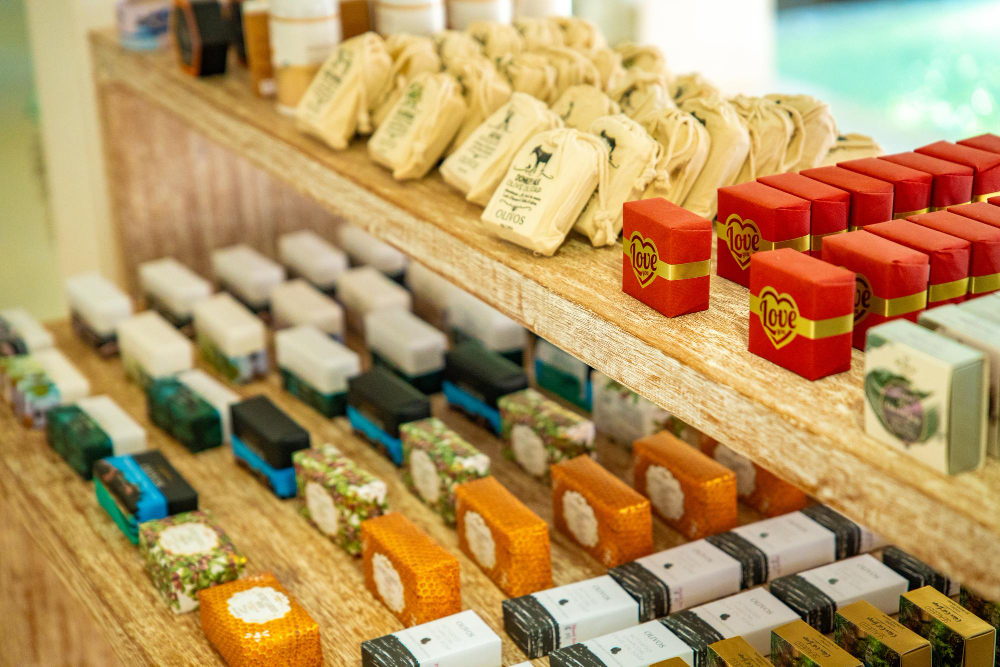
For example, placing a high-quality item beside a lower-cost option makes the higher-priced one seem more special. This technique is often used in both small shops and big ecommerce stores.
You’ll also see this when stores offer bundles. Grouping items, like “buy 2 get 1 free” or “bundle and save,” makes people feel they’re getting more value. These merchandising strategies help increase sales by offering more choices without overwhelming the customer.
Product merchandising example from IKEA
IKEA sets up full rooms inside its stores. You’ll see living rooms, bedrooms, or kitchens made entirely from its products. This helps customers imagine how they can use the items at home. It also shows prices clearly and offers multiple options for different budgets.
Online, IKEA uses bundle deals like “desk + chair set” to offer more value. These “bundle and save” ideas are simple merchandising strategies that show how grouping products can increase interest and sales.
3. Retail merchandising
Retail merchandising usually happens in physical stores. It focuses on shelf arrangement, product spacing, signs, and where products are placed around the store. A good example is how supermarkets place candy and gum near the checkout area. It’s not by accident. It’s there because people tend to grab small things while waiting in line.

Another trick used by many stores is putting high-demand products at the back. This forces people to walk past many other items, which can lead to extra purchases. This is one of the classic merchandising strategies used by larger chains.
You can compare this with e-commerce setups, too. Online stores might show “popular picks” or “on sale now” banners at the top of the site. These tactics work the same way as aisle displays in retail shops.
Retail merchandising example from Walmart
In Walmart stores, everything is placed with a reason. High-demand items are in the back, so you walk through more aisles to reach them. Smaller impulse items like candy and gum are placed near the checkout area.
They also use bright signs and color-coded shelves to help shoppers find what they need quickly. This is smart retail merchandising that combines layout and product placement to benefit both the store and the customer.
4. Digital merchandising
This type is all about what happens online. Digital merchandising includes everything from the layout of your homepage to how your product search results show up. It includes banners, pop-ups, product suggestions, and search filters.
It helps online sellers use space wisely and guide customers without speaking to them. This also connects to ecommerce merchandising, where tools can automate how products are shown based on past behavior or shopping habits.
You may also read about “Digital Wholesaling: 5 Strategies To Adapt Your Business In The Digital World.”

Digital merchandising example from Amazon
Amazon is one of the best examples of digital merchandising. Their website shows personalized results based on what you’ve looked at before. Product pages include customer reviews, star ratings, and product comparisons.
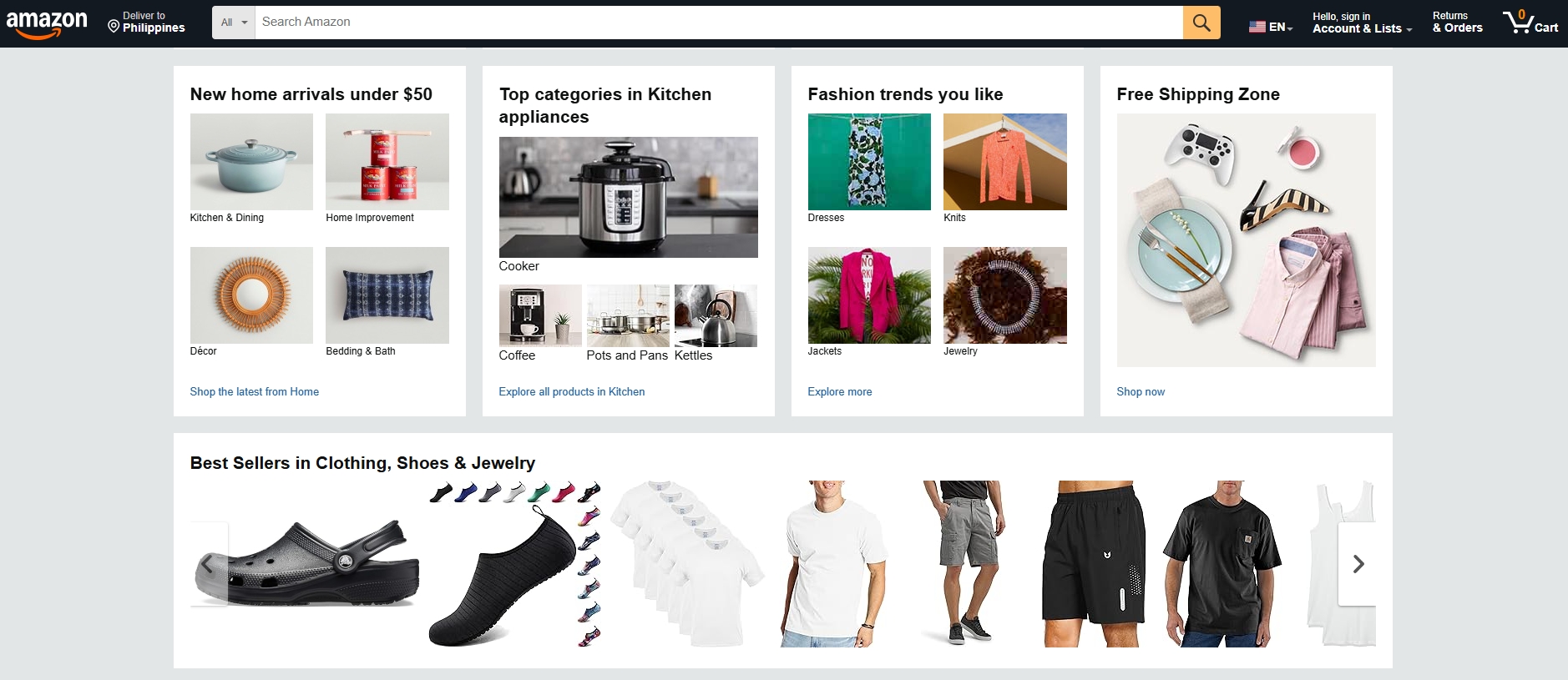
When you scroll down, you’ll see “Frequently bought together” and “Customers also bought” suggestions. These are all meant to keep you shopping by offering helpful product recommendations right when you’re interested.
5. Omnichannel merchandising
Omnichannel merchandising means giving customers the same shopping experience across all platforms. This could be your store, website, mobile app, or social media shop.
For example, if a customer sees a sale on your Instagram and visits your store later, they should find the same deal there. Everything feels connected. That’s the goal of omnichannel: to keep things consistent and easy to follow.
This works exceptionally well when combined with multi-channel marketing. You’re not just using different platforms. You’re using them together to help customers shop smoothly, no matter where they are.
Omnichannel merchandising example from Nike
Nike ensures that its store, app, and website show the same products, prices, and promotions. If there’s a sale on running shoes in the app, you’ll find the same ones in the store.
This creates a smooth experience no matter where the customer shops. It’s a perfect example of omnichannel merchandising done well. Customers feel like they’re using one store despite using different platforms.
6. Category merchandising
This is about grouping your products in a meaningful way. For example, you might have categories like “Bestsellers,” “Under $20,” or “New Arrivals.” These categories help customers browse quickly.
Clear categories can mean the difference between a quick sale and a lost customer for online stores.
Category merchandising also helps push product recommendations. When people shop by category, it’s easier to show them what others have bought or what pairs well with the items in their cart.
Category merchandising example from Sephora
Sephora organizes products by use, not just by type. On their website, you can shop by concern (like “dry skin” or “acne”), by product category, or by trending items.
They also have filters like “New Arrivals,” “Clean Beauty,” or “Bestsellers.” These help shoppers find what they want fast and support ecommerce merchandising through smart category merchandising choices.
7. Cross merchandising
This means combining related products to suggest extra items. Think about when you see pasta next to tomato sauce or when a website suggests shoes to match a dress in your cart.

You’ll often find this in online stores through “You may also like” or “Frequently bought together” sections. These help increase your store’s average order value and show that you understand your customers’ needs.
It’s also a great place to mention related products or helpful add-ons. These little changes can lead to more sales without requiring new customers.
Cross merchandising example from McDonald’s
You’ll see signs at McDonald’s that pair fries with burgers or drinks with meals. These combos are placed on the menu together, encouraging people to buy more than one item.
Online, if you order through an app, it might suggest adding a dessert or an extra item to your cart. That is how cross-merchandising works: fast, helpful, and natural.
8. Seasonal merchandising
Seasonal merchandising ties your store to holidays, events, or times of year. For example, you might create a section for “Back to School,” “Valentine’s Gifts,” or “Summer Essentials.” These themes help guide people based on what they already plan to buy.
Shoppers often look for seasonal deals, and smart merchandising strategies make it easy for them to find them. You can also use this time to clear out older stock by offering it in limited-time bundles or discounts.
You may also read: 35+ Proven Holiday Promotions To Attract More Customers.

Seasonal merchandising example from Target
Target changes its layout during the holidays. You’ll see full sections for back-to-school, Halloween, or Christmas. Items are grouped by theme and displayed together.
These seasonal collections are easy to find online through banners and themed pages. These smart merchandising strategies help customers shop for what they need during a specific time of year while also growing seasonal stock.
How To Choose The Right Type For Your Store
1. It depends on your industry, product type, and audience
There are many types of merchandising, but not all of them work for every store. To choose the right ones, consider what you sell, where, and who your customers are. Some stores do well with product displays. Others need smart categories or helpful filters. Picking the best types of merchandising for your setup will help your store run better and feel easier to shop.
2. Small stores might start with visual + product merchandising
If you own a small shop, two of the best types of merchandising to begin with are visual merchandising and product merchandising. These help make your items look good and group them in ways that attract attention. For example, placing bestsellers near the entrance or offering bundle deals can make your display stronger and help people decide faster.
3. Ecommerce businesses should prioritize digital + category merchandising
Also, online stores often need different types of merchandising. Since shoppers cannot touch or see products in person, clear photos, product categories, and search filters matter more. This is where digital and category merchandising can help. With the proper layout and tools, shoppers can browse with less effort and find what they want sooner.
4. Use tools that can help you organize and price products easily
If your business uses many platforms, like a store, website, and app, it helps to use omnichannel merchandising. That means showing the same deals and products everywhere so your customers aren’t confused. A shopper might check your app before visiting the store, and they should see the exact prices and offers in both places.
And if you’re looking for help, you don’t need to figure it all out on your own. Tools like Wholesale Suite can help you sort your products, offer better pricing for wholesale customers, and support smart merchandising strategies.
Wholesale Prices Premium offers different prices for wholesale customers without changing your main product page. Likewise, Wholesale Order Form makes bulk buying fast and easy, so shoppers can add many items with just a few clicks. Wholesale Payments gives your store flexible ways to accept payments that suit B2B buyers. Wholesale Lead Capture helps you collect and approve wholesale signups right on your website.
These tools work together to support strong merchandising strategies. You can group products better, offer smart discounts, and handle wholesale orders smoothly. This setup works well if your store sells to both regular and wholesale customers. It also helps you use more than one of the types of merchandising at the same time, without making things harder to manage.
Frequently Asked Questions
What falls under merchandising?
Merchandising includes how you show and sell products. It covers displays, pricing, categories, bundles, and product suggestions. Both physical and online stores use different types of merchandising to help customers shop easily.
What is the most popular type of merchandise?
Clothing, food, beauty, and electronics are often the most popular. Stores use merchandising strategies like “New Arrivals” or “Best Sellers” to highlight these products and make them easier to find.
What is the largest expense of a merchandising company?
The biggest costs are inventory setup, design, and labor. Physical stores spend on shelves and staff. Online stores spend on tools and design. Using tools like Wholesale Suite can help cut down these costs while still using smart merchandising strategies.
Final Thoughts
Merchandising is more than just making things look good. It’s how you guide your customers to notice, understand, and buy your products. From shelf setups to homepage layouts, each method plays a role. And since every store is different, it’s essential to learn the many types of merchandising so you can use what works best for your shop.
To recap, we discussed how the different types of merchandising can help you improve your store:
- Visual merchandising
- Product merchandising
- Retail merchandising
- Digital merchandising
- Omnichannel merchandising
- Category merchandising
- Cross merchandising
- Seasonal merchandising
Knowing how to use these types of merchandising and other strategies gives your store a better chance to grow. You help people find what they need, see more value in your products, and have a better shopping experience.
We’ve seen how real stores like Apple, Walmart, and Sephora use these ideas every day. And if you run a wholesale store, you can do the same with the right tools. Plugins like Wholesale Suite can help you easily manage product visibility, pricing, and wholesale signups. This can help you support many types of merchandising at once, without making things more complicated for you.
Do you have questions regarding the different types of merchandising? Let us know in the comments!

